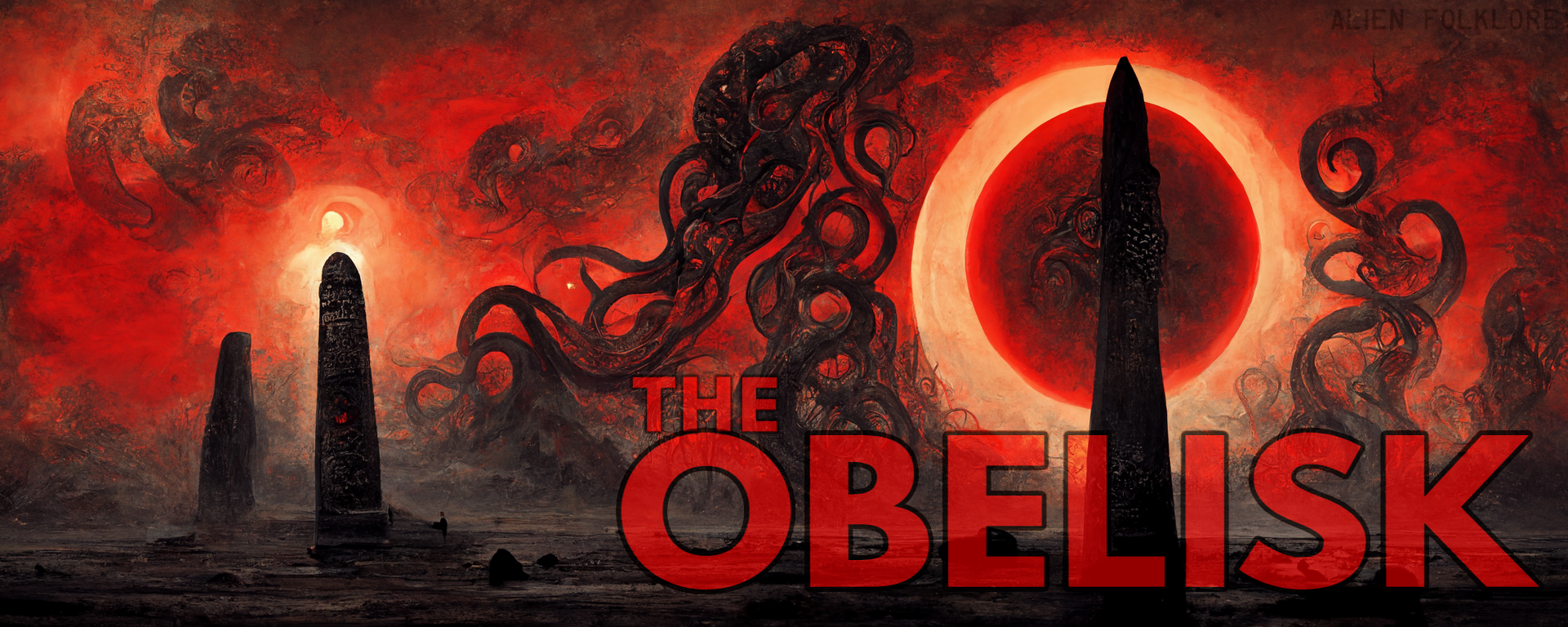The New Siena Root Album is Way More Intricate Than I Previously Thought
 I just popped on Different Realities, the latest and fourth full-length from Swedish analog experimentalists Siena Root (on Transubstans, if you’re curious), and not only does it rock a good deal, but the concept of the record is pretty cool as well. There are 10 tracks total, but it’s two pieces of music under the headings “We” and “The Road to Agartha.” “We” is exceptionally well done retro ’70s vibes, guitar rock, intricate and a cool listen. I knew that, I’d heard either a promo of the record or some mp3s a while back, I can’t remember which.
I just popped on Different Realities, the latest and fourth full-length from Swedish analog experimentalists Siena Root (on Transubstans, if you’re curious), and not only does it rock a good deal, but the concept of the record is pretty cool as well. There are 10 tracks total, but it’s two pieces of music under the headings “We” and “The Road to Agartha.” “We” is exceptionally well done retro ’70s vibes, guitar rock, intricate and a cool listen. I knew that, I’d heard either a promo of the record or some mp3s a while back, I can’t remember which.
It’s only after I got the physical album itself — do you see, downloaders, what you could be missing? — that the full dichotomy of the release made itself known. From previous listens, I just thought it was an album that started (relatively) straightforward and morphed into a huge India-style jam. Turns out not only is that on purpose, it’s the whole point. About “The Road to Agartha,” the band writes:
“The Road to Agartha” is a musical piece in the form of a raagmala. The raags, being the melodic framework of Hundustani classical music, are here presented together with both sha’abi and baladi rythms (sic) from Northern Africa. Also, the classic rock setting is in dialogue with traditional and medieval instruments from the very same places where people throughout history have been looking for entrances to Agartha. This is not only a meeting of cultures, but also a journey through time and space.
By way of some background, Agartha is the name given to the city at the center of the earth. According to the wisdom of the masses, it’s also known as Shambala or Shangri-La. It’s been the subject of numerous books and theories over the last couple centuries.
Now, Shambala shouldn’t be news to anyone who’s ever heard the song by Three Dog Night (and even if you think you haven’t, you have), but “The Road to Agartha” is a nearly 25-minute-long continuous song broken up into six tracks — “Bairagi,” “Bhairavi,” “Ahir Bhairav,” “Bhimpalasi,” “Shree” and “Jog” — and the more interesting explanation in the liner  notes offers the following insight:
notes offers the following insight:
A slow composition in raag “Bairagi” is starting the raagmala before it continuously picks up speed. It is a raag of the early morning, with an enchanting and devotional quality. Later in the morning there is “Bhairavi,” one of the sweetest and most popular raags. Here it’s performed as a jugalbandi, a duet between the sitar and the recorder. “Ahir Bhairav” completes the series of morning raags. Based on a fast violin composition by Prabakher Dhakdee, it fuses the Indian raag with the Egyptian felahi rythm (sic) and European instruments like hurdy gurdy and Renaissance recorder. “Bhimpalasi,” a raag of the afternoon, is performed in the style of senior sitar master Pandit Rabindra Goswami, and leads us to the holy city of Benares where one of the entrances to Agartha is believed to be hidden. A darbuka improvisation builds the bridge to “Shree,” a very old and complex raag often heard at sunset. Then there is “Jog,” a midnight raag of more recent creation, finishing the raagmala and completing our journey, until dawn comes again.
There. Have fun looking all that stuff up.
Tags: Siena Root, Sweden, Transubstans




